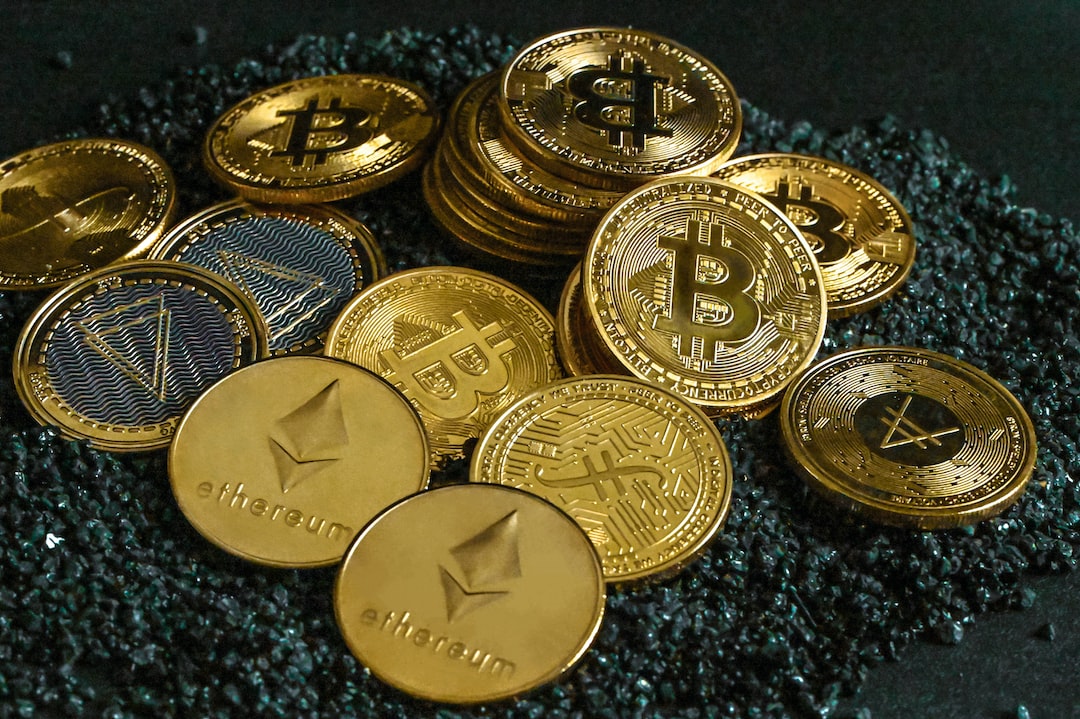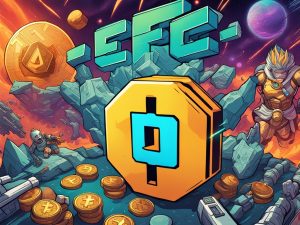The Federal Reserve Explores Asset Tokenization and Risk-Weighted Assets
The Federal Reserve has published a detailed working paper that delves into the concept of asset tokenization and its impact on Risk-Weighted Assets (RWA). As the financial landscape continues to evolve, these innovative financial instruments are gaining attention for their potential to revolutionize investment strategies and reshape traditional markets.
The paper explains that asset tokenization, similar to stablecoins, consists of five core components: a blockchain, a reference asset, a valuation mechanism, storage or custody, and redemption mechanisms. These elements establish connections between crypto markets and reference assets, providing a better understanding of how they affect conventional financial systems.
Tokenized Assets on the Rise
According to the paper, the estimated market value of tokenized assets on permissionless blockchains is currently around $2.15 billion as of May 2023. This valuation includes tokens issued by decentralized protocols like Centrifuge and established companies such as Paxos Trust.
While obtaining comprehensive time-series data on tokenization designs can be challenging due to their variability and levels of transparency, insights from DeFi Llama data reveal a growing trend in tokenization within the DeFi ecosystem.
Although the total value locked (TVL) in the DeFi ecosystem has remained relatively stable since June 2022, categories related to real-world assets have experienced significant growth both in absolute value and as a proportion of the overall DeFi ecosystem. Out of the estimated $2.15 billion in tokenized assets, approximately $700 million is currently locked in DeFi.
Benefits and Challenges of Asset Tokenization
The paper highlights several benefits of asset tokenization. It enables access to previously inaccessible or costly markets, such as real estate, allowing investors to acquire shares in specific properties. The programmable nature and smart contract capabilities of tokenization also enhance efficiency in settlement processes, offering liquidity-saving mechanisms.
Furthermore, tokenized assets can be used as collateral for lending, providing a new avenue for financing. Transactions involving tokenized assets settle more quickly than traditional reference assets, potentially transforming settlement processes in the financial industry.
Considerations for Financial Stability
While asset tokenization shows promise, there are concerns about its impact on financial stability. Currently, the value of tokenized markets remains relatively small compared to the broader financial system. However, the potential for growth raises worries about fragility within crypto-asset markets and its implications for the traditional financial system.
A primary long-term concern is the interconnections between the digital asset ecosystem and the traditional financial system through tokenization redemption mechanisms. If reference assets lack liquidity, stress transmission vulnerabilities may arise. This risk is similar to concerns observed in the ETF market, where liquidity, price discovery, and volatility of ETFs closely align with their underlying assets.
As asset tokenization expands, traditional financial institutions may become more exposed to crypto-asset markets through direct ownership or collateralization. This shift introduces new dynamics and interconnections that could potentially influence market behaviors in unforeseen ways.
Hot Take: Asset Tokenization Holds Promise but Requires Consideration of Financial Stability
The Federal Reserve’s working paper sheds light on the potential of asset tokenization to transform investment strategies and reshape traditional markets. With an estimated market value of $2.15 billion and growing interest in DeFi ecosystems, tokenized assets offer access to previously inaccessible markets and liquidity-saving mechanisms in settlement processes.
However, there are notable considerations regarding financial stability. The interconnections between digital asset ecosystems and the traditional financial system pose risks if reference assets lack liquidity. As traditional financial institutions become more exposed to crypto-asset markets, the dynamics and interconnections could have unforeseen implications for market behaviors.
While asset tokenization shows promise, it is crucial to carefully assess its impact on financial stability and address potential vulnerabilities to ensure a resilient and sustainable financial system in the face of evolving technologies.





 By
By
 By
By
 By
By

 By
By
 By
By